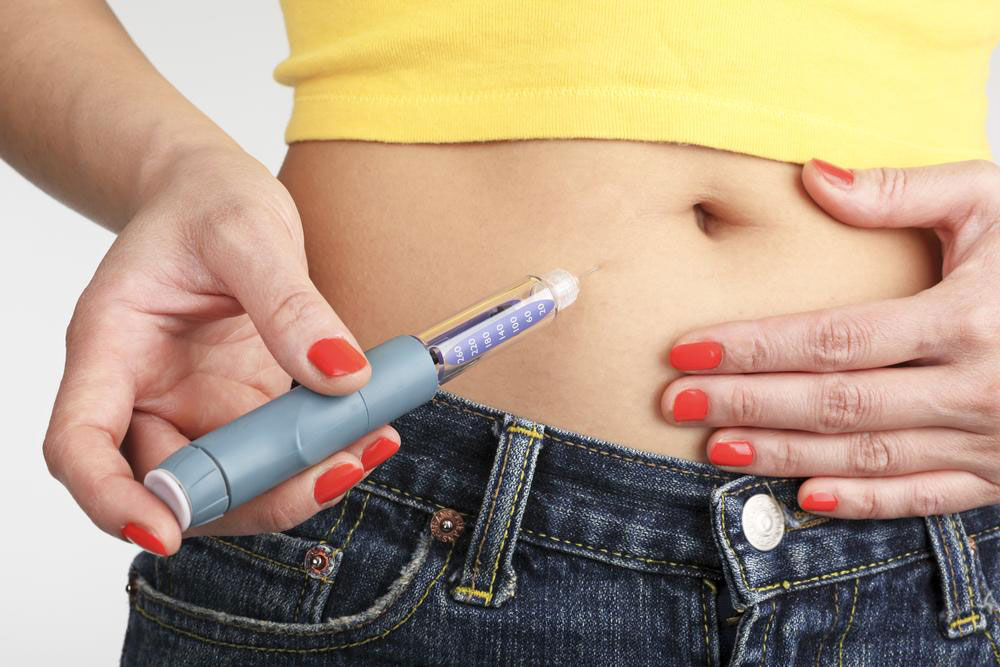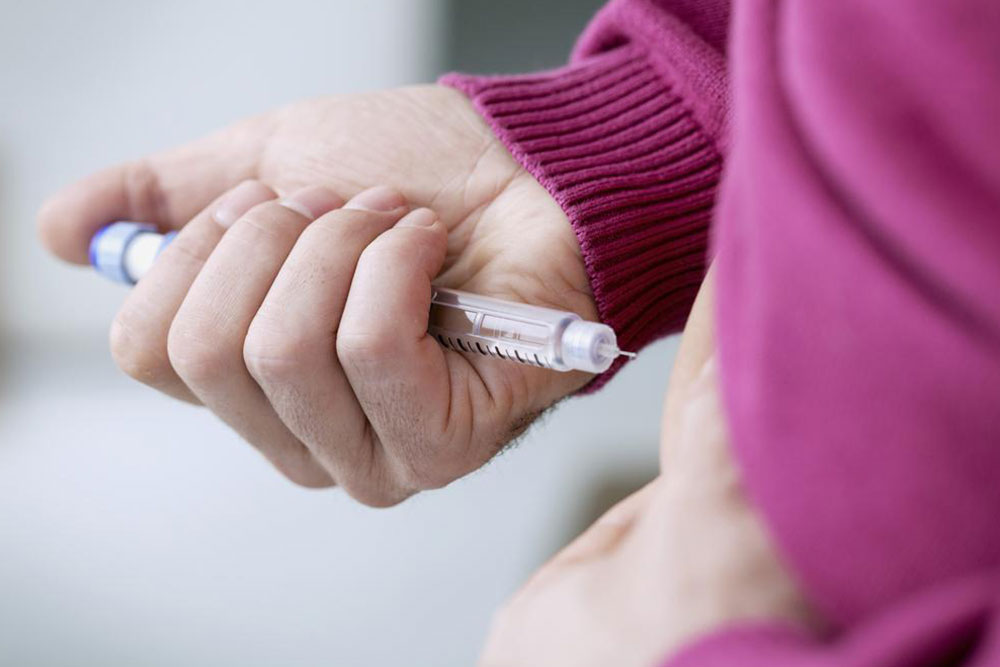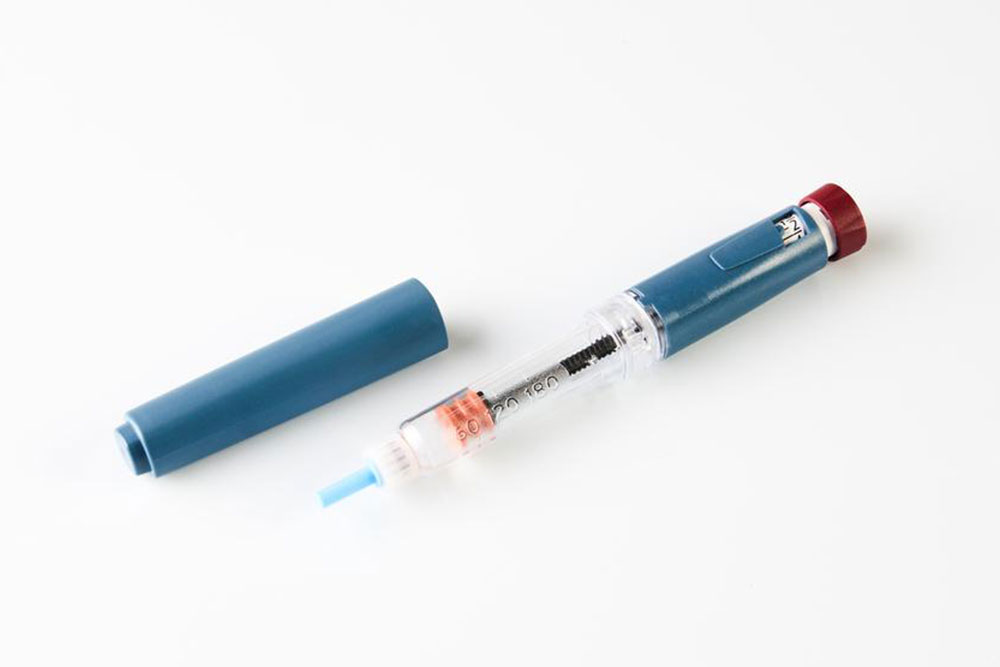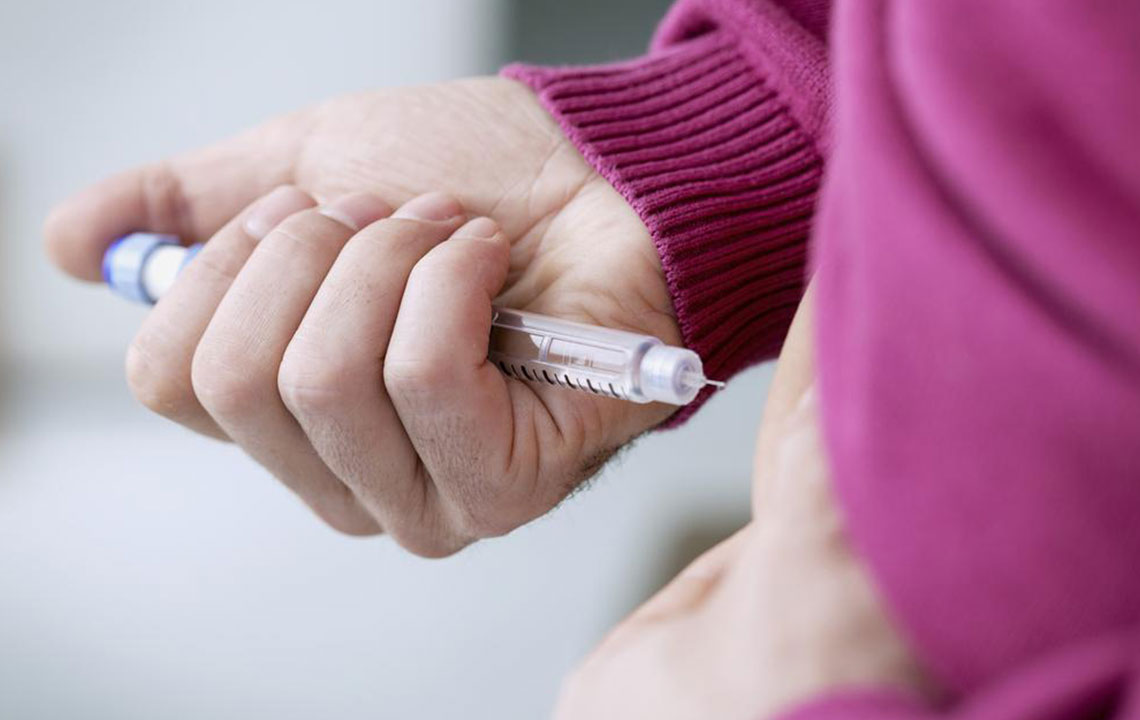Different Types of Insulin Pens and Key Features to Know
Discover the different types of insulin pens available for diabetes management. This article discusses reusable, disposable, and combination insulin pens, highlighting their features, benefits, and proper usage. Insulin pens simplify self-administration, offer convenience, and improve treatment precision. Understanding the options helps patients select the best device to manage their condition effectively. Proper knowledge of insulin pen types and features ensures safe and efficient diabetes care at home, reducing clinic visits and enhancing quality of life.
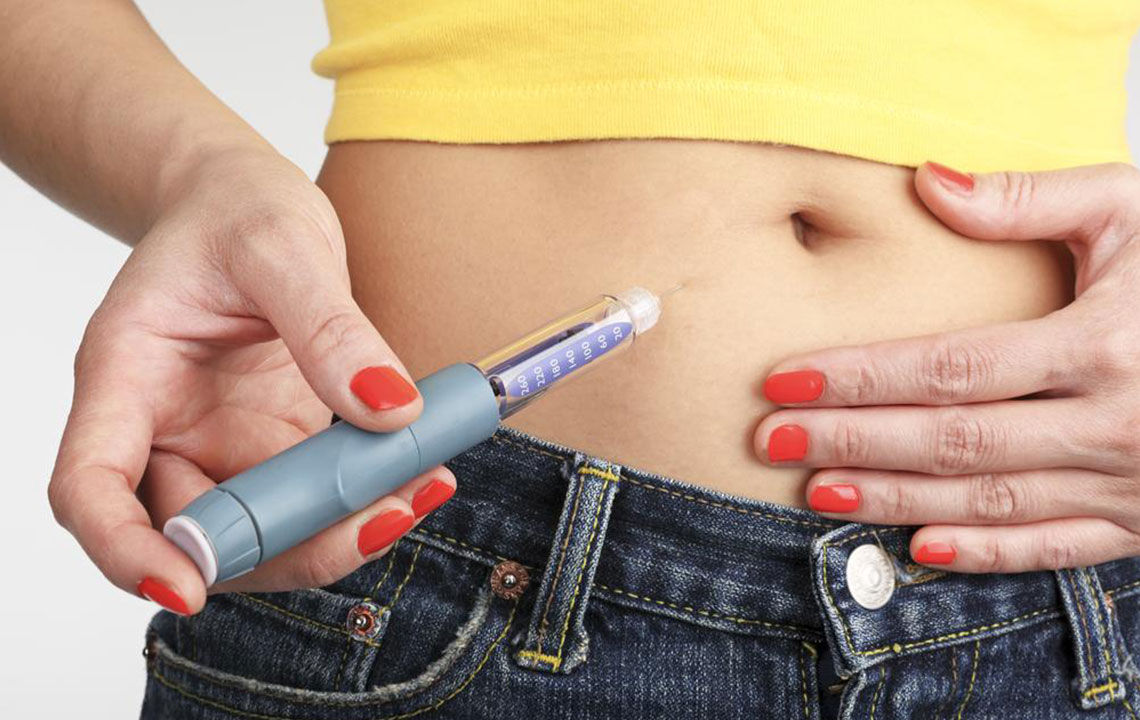
Different Types of Insulin Pens and Key Features to Know
For individuals managing diabetes, administering insulin regularly can be complex. Since insulin can be injected at home, it’s essential to keep syringes, needles, and vials within easy reach. Precise dosage and timing are critical, especially for those on multiple insulin types. Tracking injections, doses, and schedules becomes crucial to effective management. Insulin pens have revolutionized this process, simplifying self-injection and improving treatment adherence.
Designed to ease insulin delivery, insulin pens help patients administer their medication more conveniently. The pancreas produces insulin to regulate blood sugar levels, but in diabetics, insulin production is reduced, leading to elevated blood glucose. To counter this, insulin injections are prescribed, with different types based on their onset and duration of action, such as intermediate, long-acting, rapid, and premixed insulins. These pens enable patients to self-administer insulin efficiently, reducing visits to healthcare facilities.
Self-injection of insulin empowers many patients, provided they follow medical guidance. However, handling syringes and injections can be challenging, especially for those with joint issues or disabilities. Insulin pens have simplified this process significantly, helping patients choose suitable devices and doses with their doctor’s assistance. They eliminate the need for separate vials and syringes, making insulin administration more streamlined.
Types of insulin pens include refillable and disposable options. Reusable pens have cartridges that need filling, stored at room temperature, and replaced every 28 days. Disposable pens come preloaded with insulin and are suitable for single use over a limited period or until the insulin runs out, after which they are discarded. Combination pens containing two types of insulin are ideal for patients requiring multiple doses each day.
Refillable insulin pens - These have cartridges filled at home, stored at room temperature, and require cartridge replacement after use. The cartridges should be refrigerated when not in use and discarded after 28 days.
Disposable insulin pens - Preloaded with insulin, these pens are stored refrigerated before first use, then kept at room temperature and discarded after 28 days or when empty. They are widely used due to convenience.
Combination insulin pens - Providing two types of insulin in one device, these pens are suitable for patients needing multiple insulin types per injection, following their doctor’s recommendations.
Key features of insulin pens include:
Distinct textures for easy identification
Spring-loaded mechanism to ease injection effort
Optional alerts for dosage delivery
Displays for last dose and time, enhancing tracking capabilities
Note:
Our blog offers diverse, well-researched information for readers. While we strive for accuracy, content should not replace professional medical advice. The website is not responsible for discrepancies or changes in data across platforms. Users should consult healthcare providers for personalized guidance and remain aware of any offers or schemes beyond our coverage.

